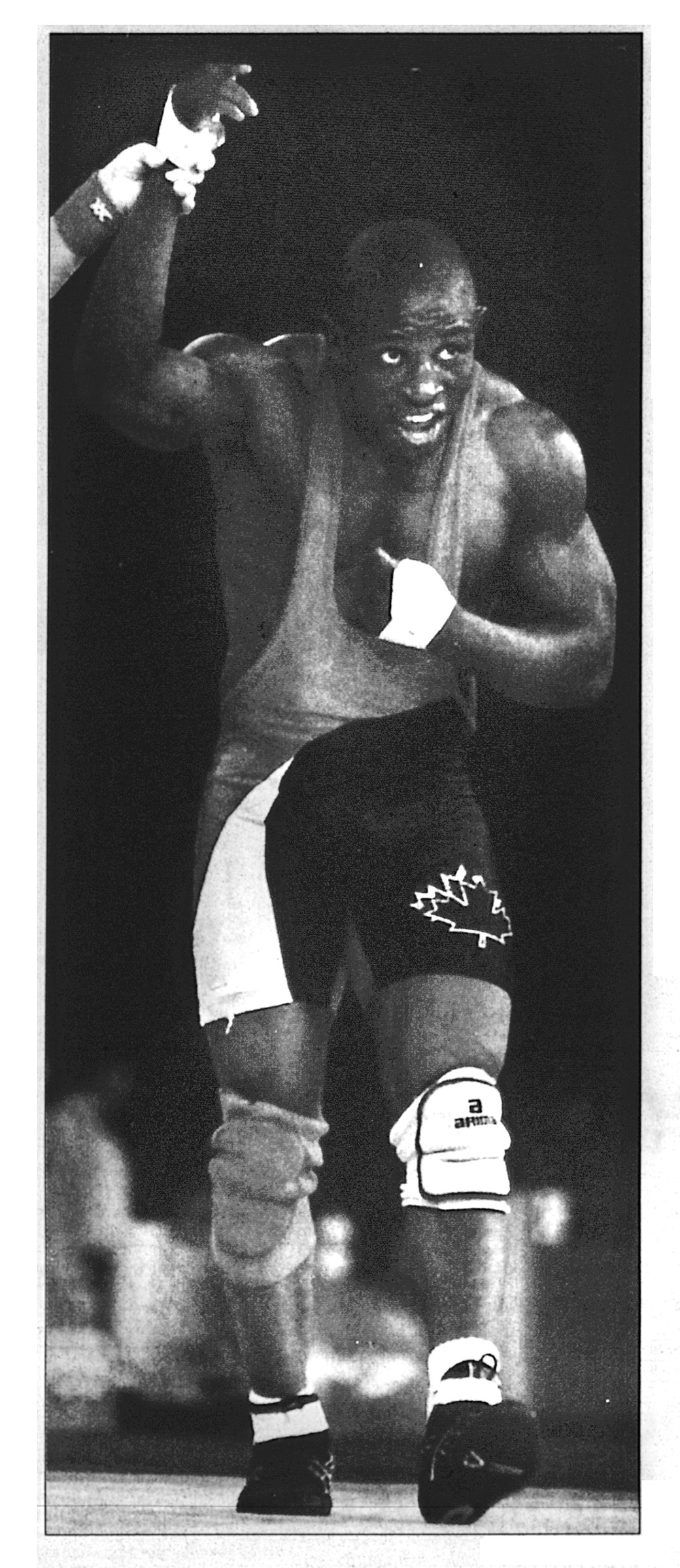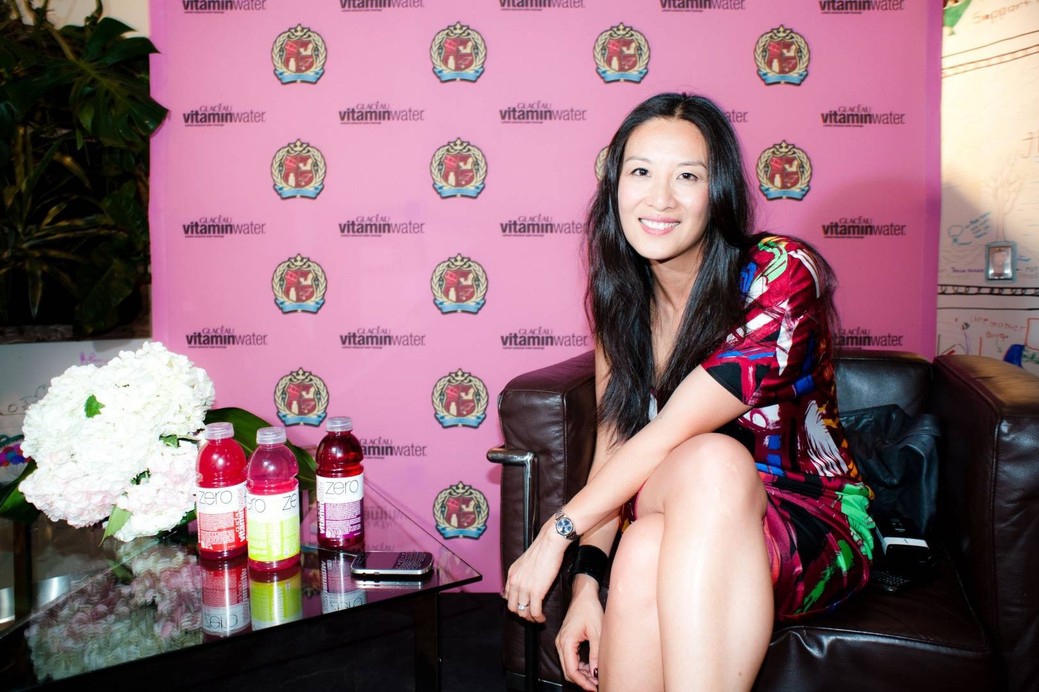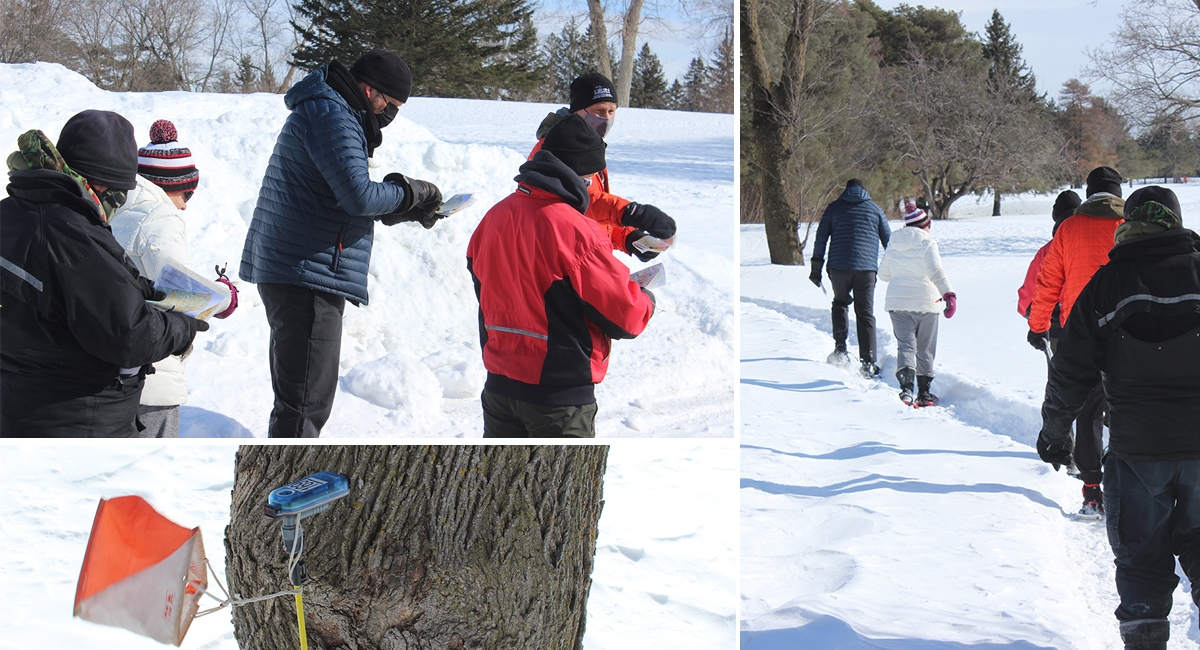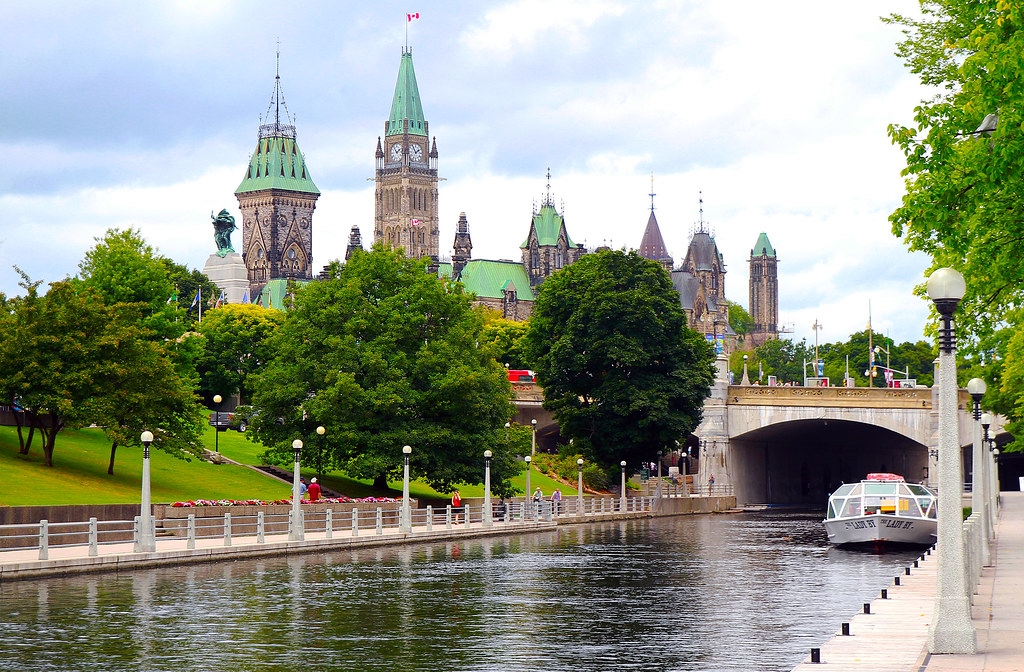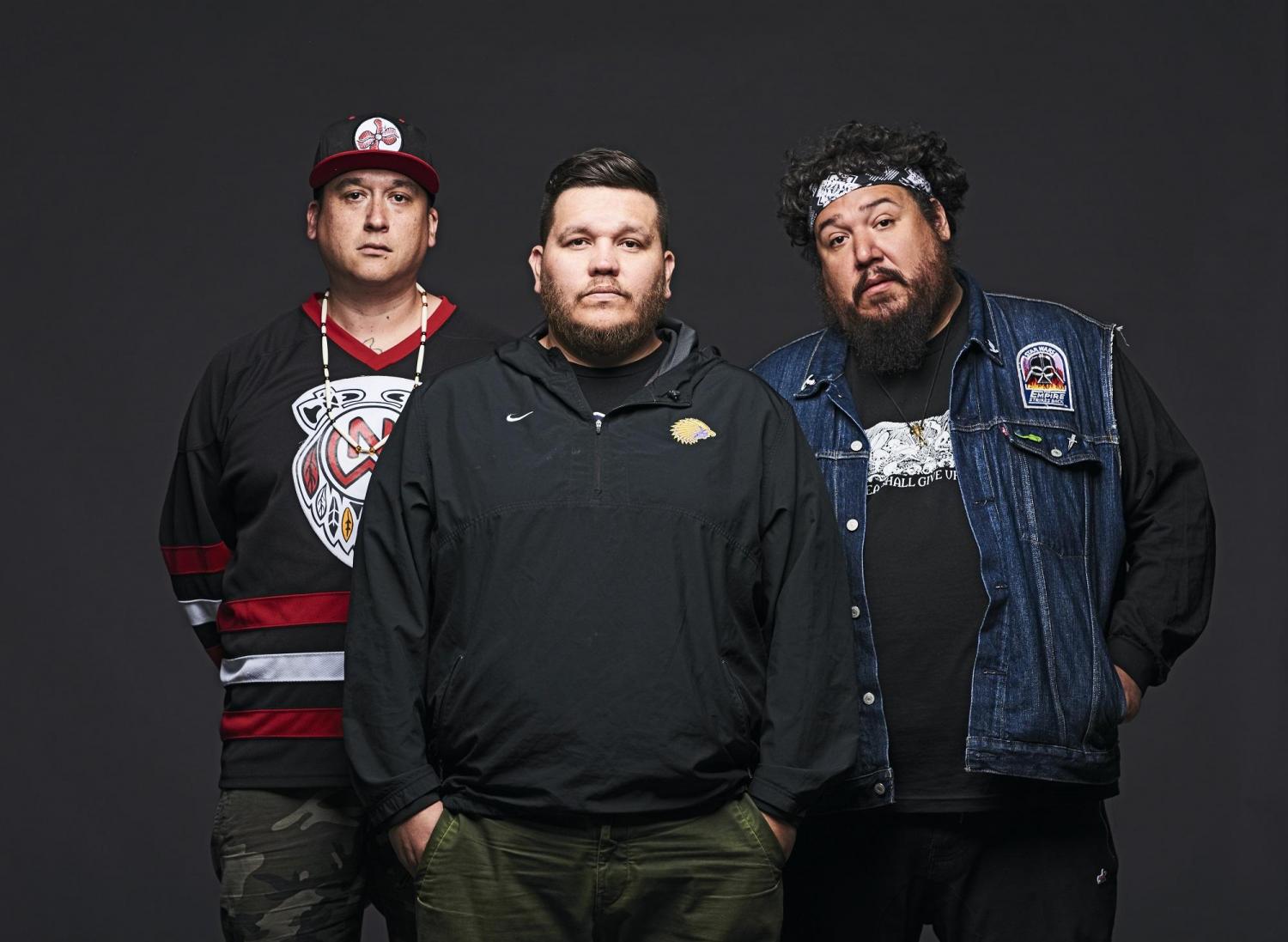
JUNO Spotlight: A Tribe Called Red
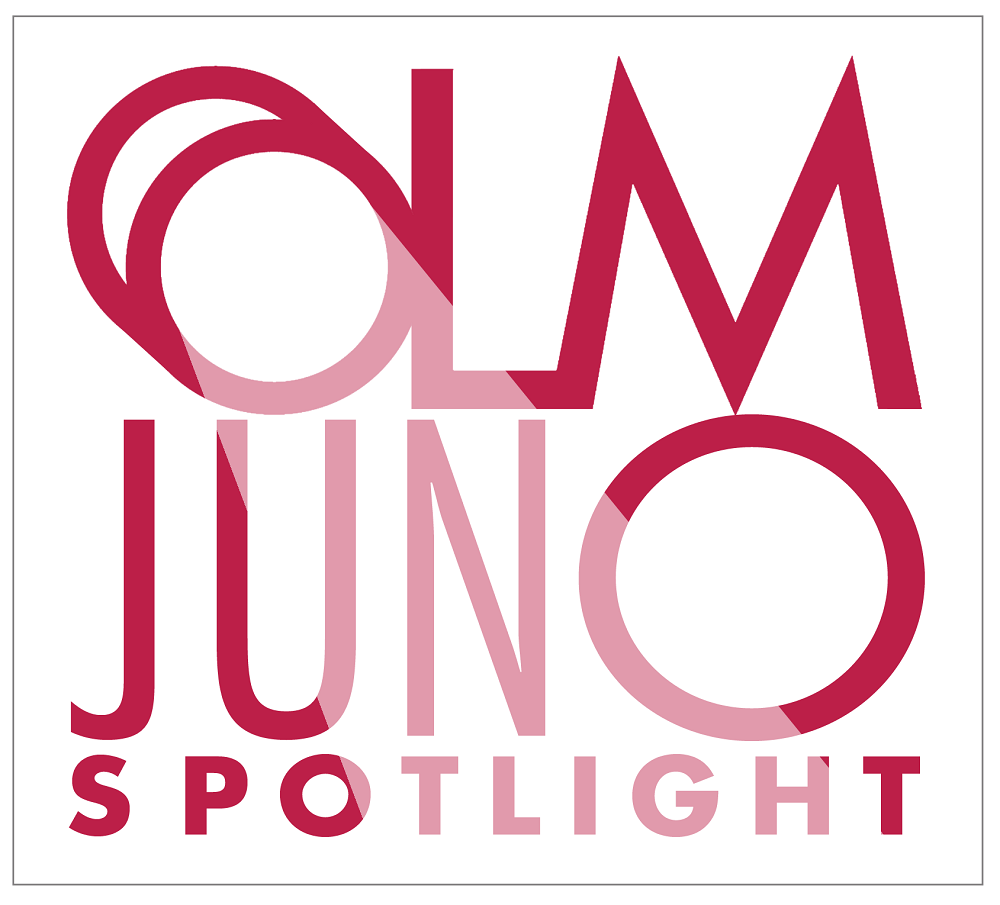 Nominated For:
Nominated For:
Video of the Year (R.E.D.)
Jack Richardson Producer of the Year (Sila, R.E.D.)
Electronic Album of the Year (We Are the Halluci Nation)
When art meets activism something amazing is bound to happen. When that includes an exultant dance party set to pulse pounding dubstep, house, and hip hop exploding out of traditional Indigenous Pow Wow beats filled with colour, culture and an overarching message of positivity you’ve got a euphoric seismic vibration otherwise known as A Tribe Called Red.
It’s a sound unlike anything going on in modern music or perhaps anything that has come before, three DJs transcending the genres they stir into the mix to push beyond race, religion or age into something exceeding their chosen art. Here the message is not just the music but the fact that the music is even being played, there celebrating and uniting a culture still seeking vocal beacons in the community to raise above the flames of the past.
“The group just exists as a political statement of its own,” Ian “DJ NDN” Campeau tells Ottawa Life as the band simultaneous winds down from touring while preparing for perhaps their biggest performance to date,: the 2017 JUNO Awards.
“Having this platform has been new and progressive. A lot of people never really listened to Indigenous people. We didn’t really have a platform to get our messages out like that.”
The trio’s heated rise out of the Ottawa club circuit to collide with the global electronic scene doesn’t come as a surprise to a fan base that has followed them from when they were only releasing cuts online. Even then it was pretty clear that ATCR was a force the capital alone could not contain. The Electric Pow Wow nights at Babylon were not just a spot to break loose and dance but an outright palace of worship ever second Saturday where, if only for a few hours, the music offered salvation no matter who you were.
“A Tribe Called Red promotes inclusivity, empathy and acceptance amongst all races and genders in the name of social justice,” reads a statement on the group’s website saying how the trio “believe that Indigenous people need to define their own identify on their own terms.”
The trio are the embodiment of that statement both on and off the stage. Though activism wasn’t inherent in their identity at the outset (“We just wanted to throw a party,” Campeau likes to say), the group started utilizing their growing success to speak out on issues that were important to their cultural background. They’ve supported the Idle No More cause, asked non-aboriginals to stop wearing headdresses and war paint to their concerts and filled complaints against the Ottawa “Redskins” for the incentive and insulting team name. ATCR also refused to play the opening ceremonies for the Canadian Museum for Human Rights in Winnipeg because of the museum’s chosen depiction of aboriginal rights issues.
Their JUNO nominated recent release, We Are the Halluci Nation, manages to act as both a natural evolution to their music while progressing their message forward into even more politically charged material. The album focuses on the horrible legacy of the country’s residential schools, one many like ATCR are not prepared to let history burry. There’s a need to atone, a need to walk through fear and stand beside those who can no longer speak, to give voice to the voiceless. There is no more smoke to blind, no excuse to not see as the album scatters them with a mighty rush. What remains boldly facing you when everything clears is the continuing need for reconciliation and reparation.
The album isn’t the only thing getting set to be tossed into the national spotlight this weekend. A Tribe Called Red will be performing at the JUNOs for their biggest audience to date in what is sure to be one of the highlights of the night.
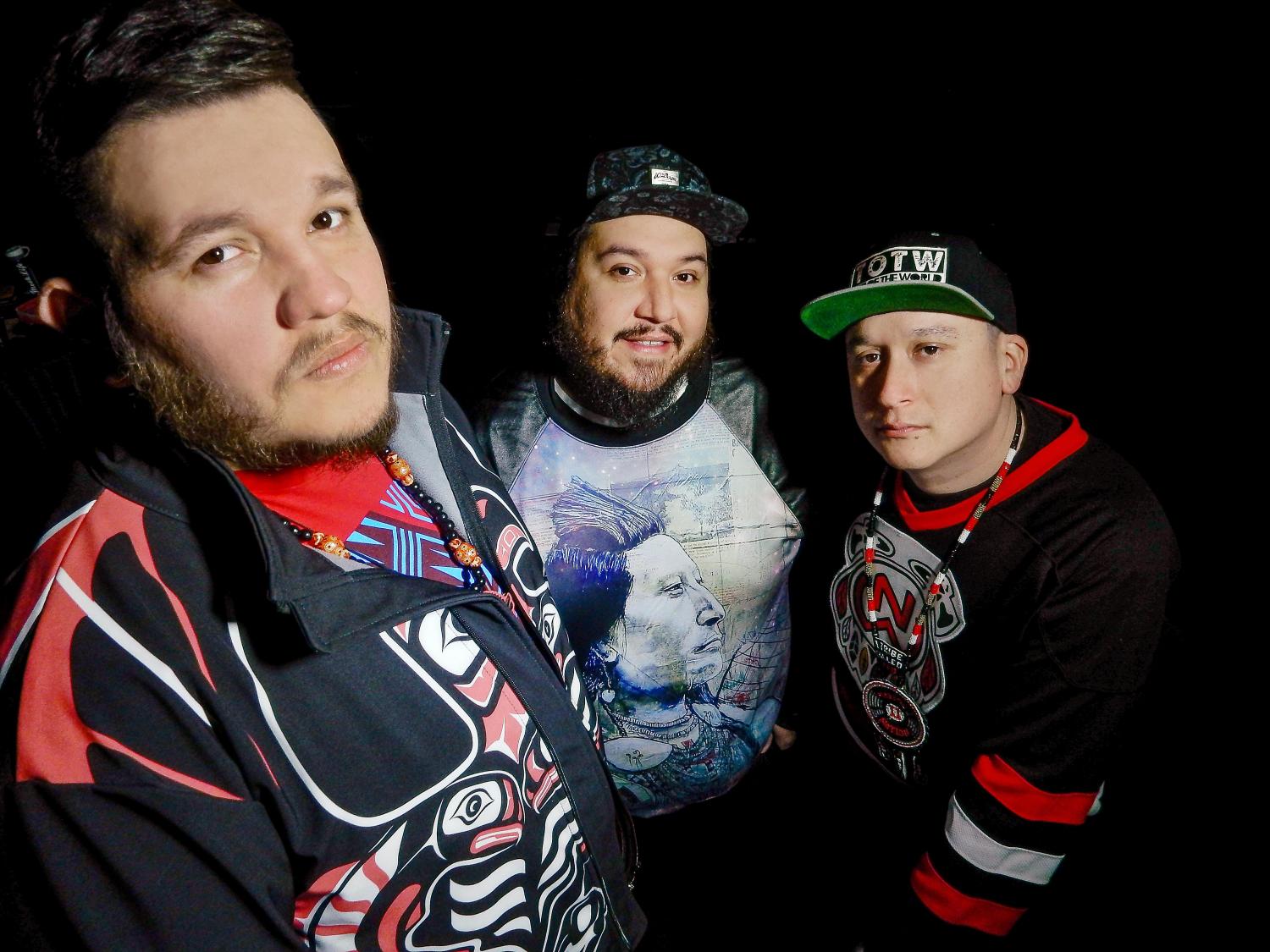
Ottawa Life talked with Ian Campeau about the trio’s music and activism progression on this new release as well as how they are preparing for the big show Sunday night!
Your style, the Electric Pow Wow, is one of the most unique in modern music blending genres nobody thought to merge before. Was it something that just developed organically early on or did you three have to really craft that sound to get it to a point you were satisfied with?
Ian "DJ NDN" Campeau: It came extremely organically and extremely naturally. We just wanted to throw a party. We knew lots of community specific parties that were going on. There’s Jamaican parties, Desi parties, all kinds, and we just wanted to throw one that was geared towards Indigenous people and give Indigenous young people a space to call their own. From that, it was just Indigenous DJs playing music. Organically we just started finding music that had some Indigenous link in it and it was these Pow Wow samples that we played at a party. People just went off. We then played it often and started mashing up Pow Wow with club music or dubstep because that’s what was popping at that time. People reacted very well and we started producing it.
As three DJs, what goes into ensuring each of you get to spotlight your individual style while simultaneously being true the trio’s sound?
We all bring our own DJ styles to the table. You can definately hear our influences come through that. Having Bear (Witness) growing up right downtown Toronto, he grew up around a lot of dance halls and that’s typically what he DJ’s in his style. Mine is a lot of the house/electronic stuff. Tim ("2oolman" Hill) is a lot of the hip hop stuff. Of course we all love each other’s style. It’d be weird to have one style or genre that would be our forte. You can definitely hear the differences in our sets.
You mentioned that party vibe A Tribe Called Red brings. It’s impossible to go to one of your shows without moving. What do you enjoy most about the atmosphere you create with your live shows?
It’s intense! I’m realizing now how powerful these vibes are. There are shows where we are playing in Edmonton, for example, and there were women up front just crying watching our dancers dance. It’s not because it’s A Tribe Called Red but because they see a reflection of the culture, they see other people celebrating something they feel so close to them that has never really been celebrated before. I think that’s the vibe, that this whole space was created for Indigenous people. Yes, other people are welcome to the party but it’s the Indigenous people that are getting the shout outs that are creating the special vibes.
That’s what's amazing about art, right, how it can transcend the medium and become more to the populace that embraces it.
That’s the beauty and sometimes danger in art, right? It transcended class, race and gender. Two people could take two different messages from the same painting but be equally as powerful. It can be both equally beautiful and wonderful but some people can find it very dangerous.

The group started seeing success early one with the first album longlisted for the Polaris Prize, the second shortlisted, one JUNO win and now three more nominations. You’ve said success has given you a voice to speak up on more cultural issues. How do you feel you’ve used that voice in the wake of your growing popularity?
Oh, definitely the Redskins thing that happened here in Ottawa, that youth football team that had that team name. Through social media and interaction came a lot of support for my campaign. Without having a lot of audience on social media I don’t know how far that campaign would have went. Other issues include taking a national stand by not playing the Human Rights Museum in Winnipeg. It’s interesting, really good in a way, that people are looking at what I’m saying a lot more. So, when I describe changing my playlist to remove misogynistic lyrics or any sort of oppressive lyrics it got some attention. It got picked up. It’s good.
Was that activism always part of the group’s mandate or something that came along later?
It didn’t come with a political agenda. We just wanted to throw a party but as it turns out Indigenous people wanting to throw a party in a colonial state is a very political statement. Even wanting to throw a party would become activism. Just trying to exist in that state is activism, I guess. It’s always been there, you could say. When people started to take what we were doing more seriously we were able in one Tweet to help continue a story or conversation about cultural appropriation, for example.
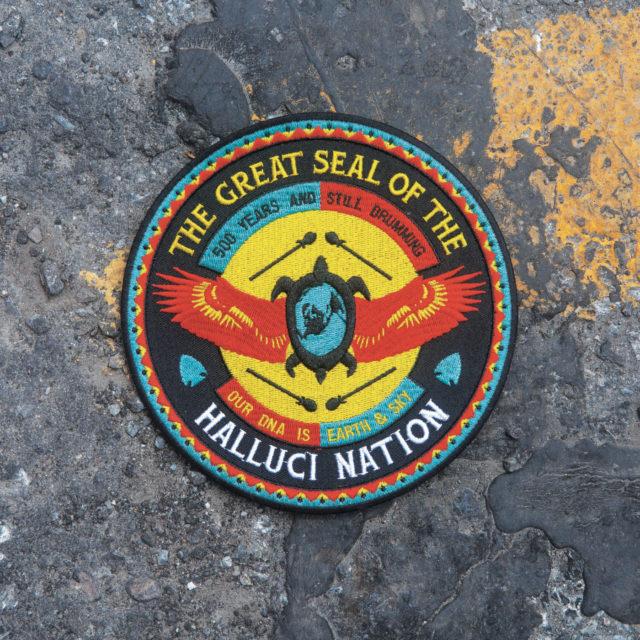 Has the success, do you find, changed anything else about the group?
Has the success, do you find, changed anything else about the group?
Plenty. Now we are getting offers to play different shows, have access to different tours, new collaborators. It’s been really cool. It’s also opened up a lot of different opportunities to speak with a lot of like-minded people which I find extremely important.
We Are the Halluci Nation really seems to be an evolution of the groups activism and want to raise awareness to causes important to you. It’s also an expansion of your sound. Did you go into this album with the intent to step it up?
Nation II Nation there wasn’t a lot of political ideas outside of the Indigenous music. Again, that’s a very political thing, having Indigenous people creating art in a colonial state. With this album it was the collaboration that brought out a lot of those political ideas. With these collaborations they got to say what they wanted. We sat down and started from the ground up. A lot of the politics came from them, working with Saul Williams and Yasiin Bey, hanging out with them for hours in the studio, writing ideas and notes. That’s what they wanted to convey and we would take whatever they recorded and make a track out of that. It was an incredible process.
What do you feel is the most important message coming out of this album?
I think it’s that when the people unite and come together as a community we’re extremely powerful. Also in the way that structures are created through oppression. They’re brand new. We’re able to ask why the system oppresses. It seems like people are starting to ask questions and that’s the important part.
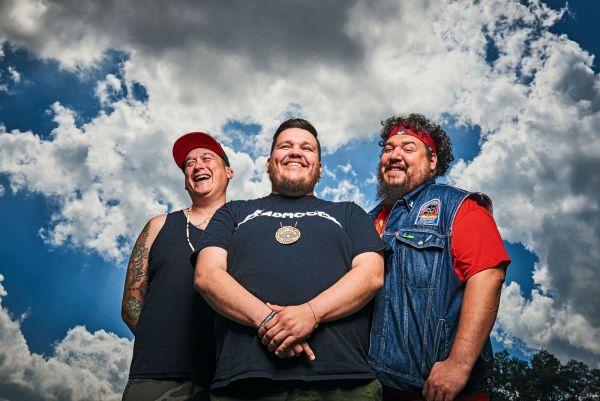 Yeah, considering some of the things going on in the United States, questioning methods and systems is certainly needed. Sadly, we are in strange times when it comes to rights and immigration. However, looking at our current government, how do you feel Canada has stood in the wake of this especially in supporting our own cultural and Indigenous identity?
Yeah, considering some of the things going on in the United States, questioning methods and systems is certainly needed. Sadly, we are in strange times when it comes to rights and immigration. However, looking at our current government, how do you feel Canada has stood in the wake of this especially in supporting our own cultural and Indigenous identity?
It’s hard to talk on how government feels when, in my experience, I know it’s never meant for me. The VIP of the Canadian government has not been meant for the benefit of Indigenous people. The more I am able to recognize that the more I’ve been able to discuss that with other people and start defending our other ways of governing.
Buffy Saint-Marie has been pretty vocal on women being given their proper honours in the Canadian music industry. How do you feel this very same industry is doing to promote indigenous artists like yourself?
Post TRC it seems we’re getting a lot of Indigenous stories and art coming out of, say, the CBC. Having all Indigenous shows is a huge turning point. Buffy starting the Aboriginal Award in the JUNOs was massive in the 90s and very well needed in the way the industry worked at the time. I also think that women need to be celebrated way more and not just for music but in every facet of life and given the recognition they deserve.
Performing at the JUNOs in your hometown has to be an amazing rush! How are you preparing for this?
It’s weird! It’s going to be fun. I’m excited. We’re going to get this platform to showcase Indigenous art and I think it’s extremely important that people get to see this, that we’re getting celebrated alongside non-Indigenous artists. We’ve got everything planned out. Right now we’re just trying to relax having been touring but still getting stoked!

